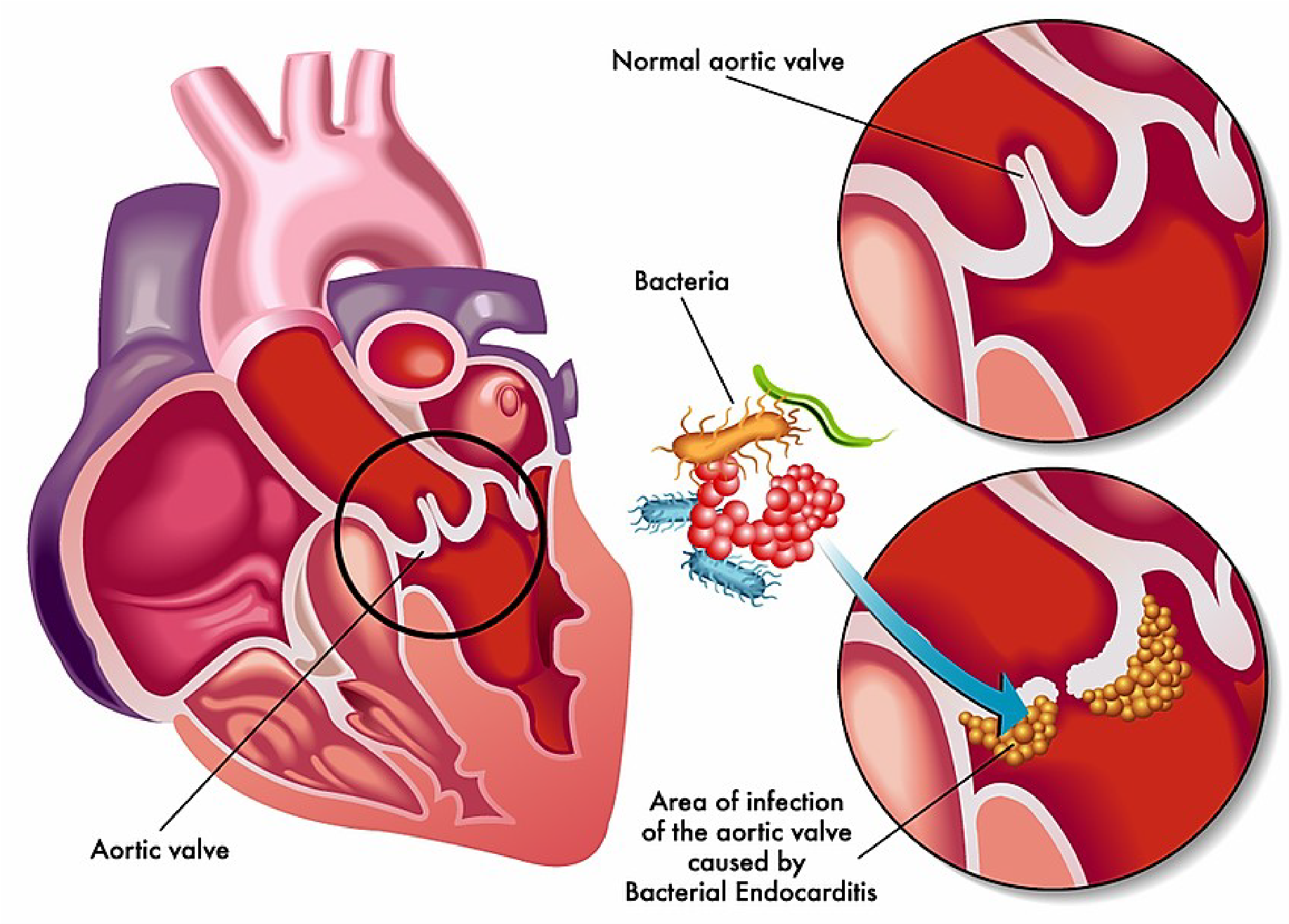Infective endocarditis is most often caused by
A virus
A fungus
A bacterium
Rickettsiae
The Correct Answer is C
 Infective endocarditis is an infection of the endocardium (the inner lining of the heart), which can lead to damage of the heart valves. It is most commonly caused by bacteria, although fungi and other microorganisms can also cause the condition. The bacteria that most commonly cause infective endocarditis are Streptococcus and Staphylococcus species.
Infective endocarditis is an infection of the endocardium (the inner lining of the heart), which can lead to damage of the heart valves. It is most commonly caused by bacteria, although fungi and other microorganisms can also cause the condition. The bacteria that most commonly cause infective endocarditis are Streptococcus and Staphylococcus species.
Nursing Test Bank
Naxlex Comprehensive Predictor Exams
Related Questions
Correct Answer is B
Explanation
associated with chronic heart failure. Activation of the RAAS system occurs as a compensatory mechanism in response to decreased cardiac output and reduced renal perfusion. The renin-angiotensin-aldosterone system increases blood pressure, maintains blood volume and improves cardiac contractility in the short term, but in the long term it can lead to fluid retention, edema, and worsen cardiac function.
Correct Answer is C
Explanation
Orthostatic hypotension is a drop in blood pressure that occurs when a person stands up from a sitting or lying down position. To check for orthostatic hypotension, the nurse typically takes the patient's blood pressure and heart rate while the patient is lying down, then has the patient stand up for a few minutes and takes the blood pressure and heart rate again. If the blood pressure drops significantly (usually a drop of 20 mm Hg or more) and the heart rate increases, it may indicate orthostatic hypotension.
Whether you are a student looking to ace your exams or a practicing nurse seeking to enhance your expertise , our nursing education contents will empower you with the confidence and competence to make a difference in the lives of patients and become a respected leader in the healthcare field.
Visit Naxlex, invest in your future and unlock endless possibilities with our unparalleled nursing education contents today
Report Wrong Answer on the Current Question
Do you disagree with the answer? If yes, what is your expected answer? Explain.
Kindly be descriptive with the issue you are facing.
